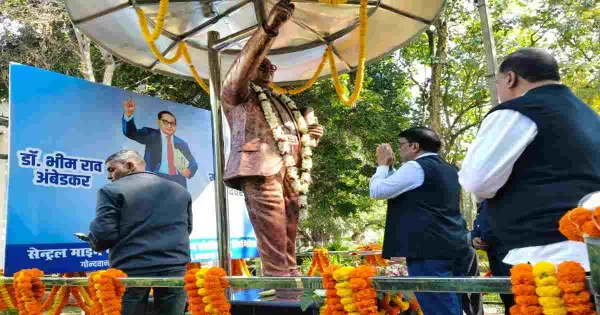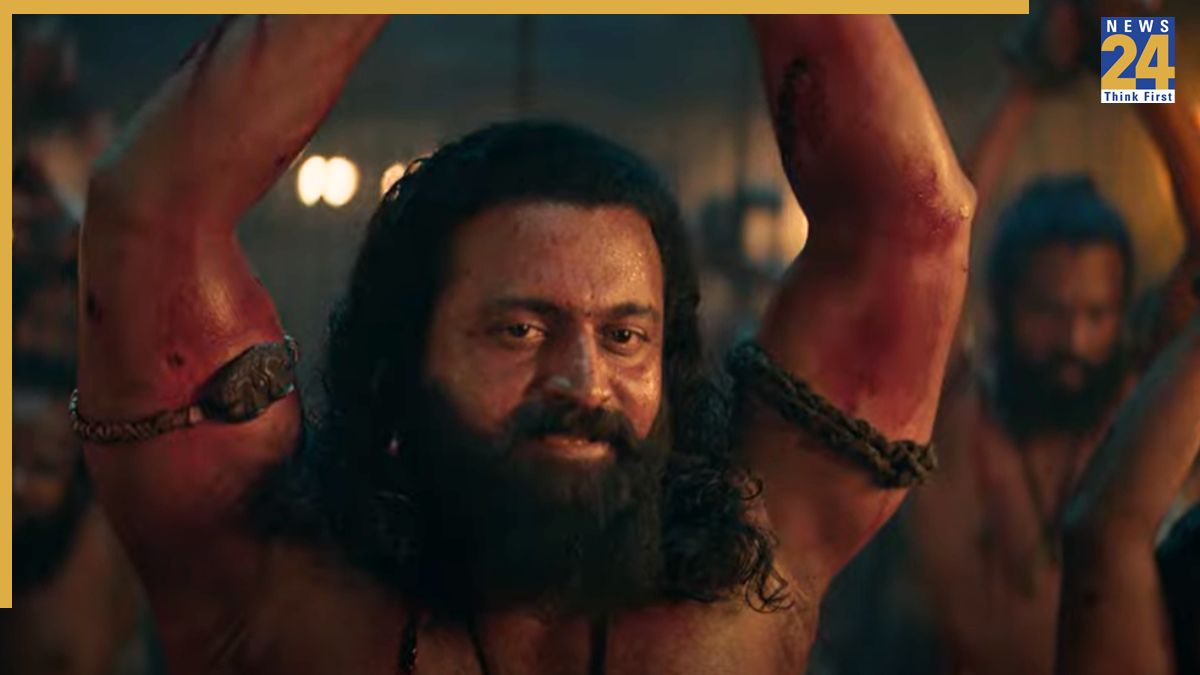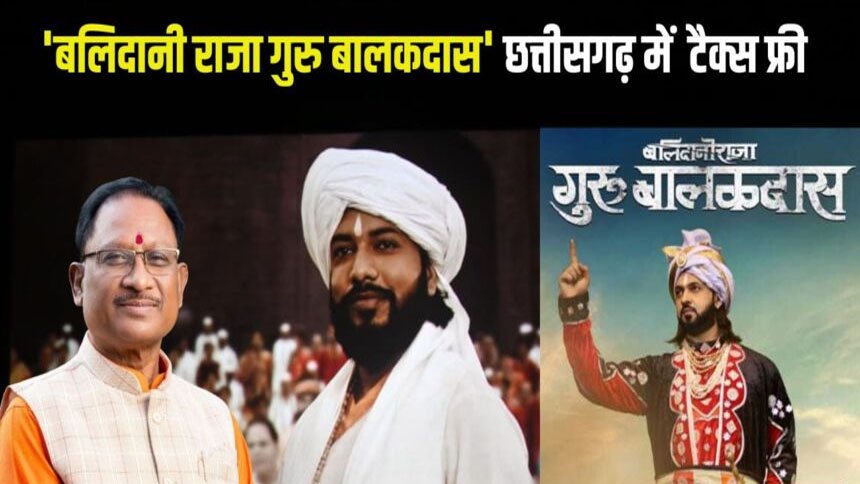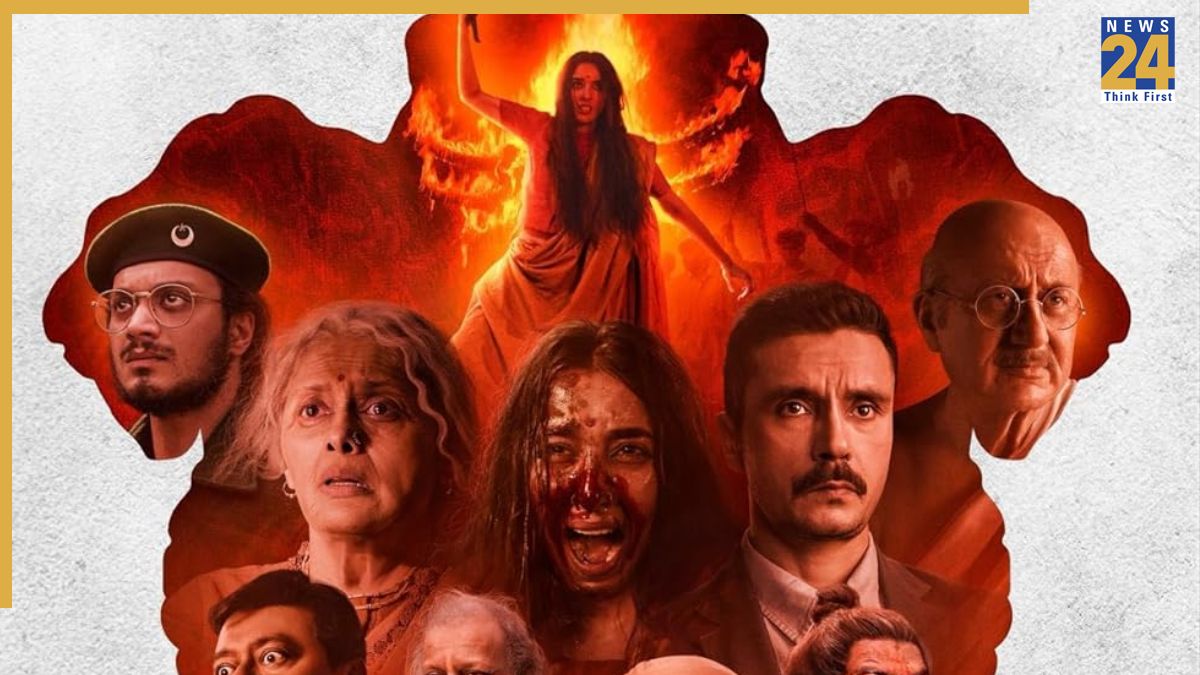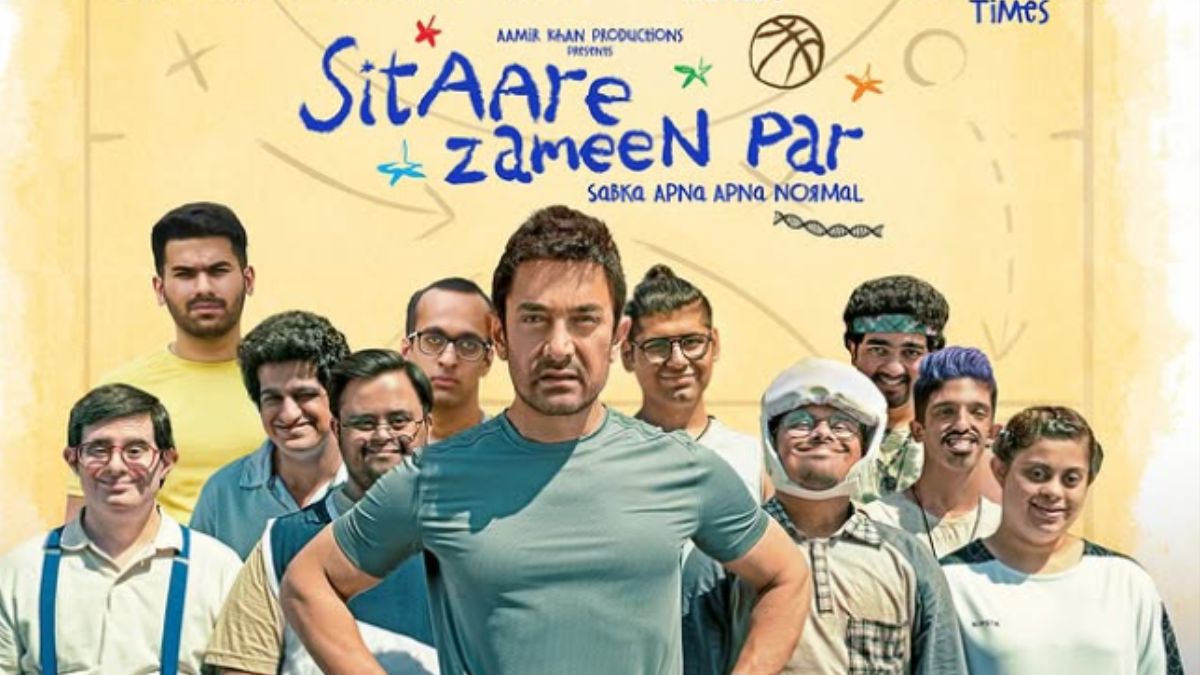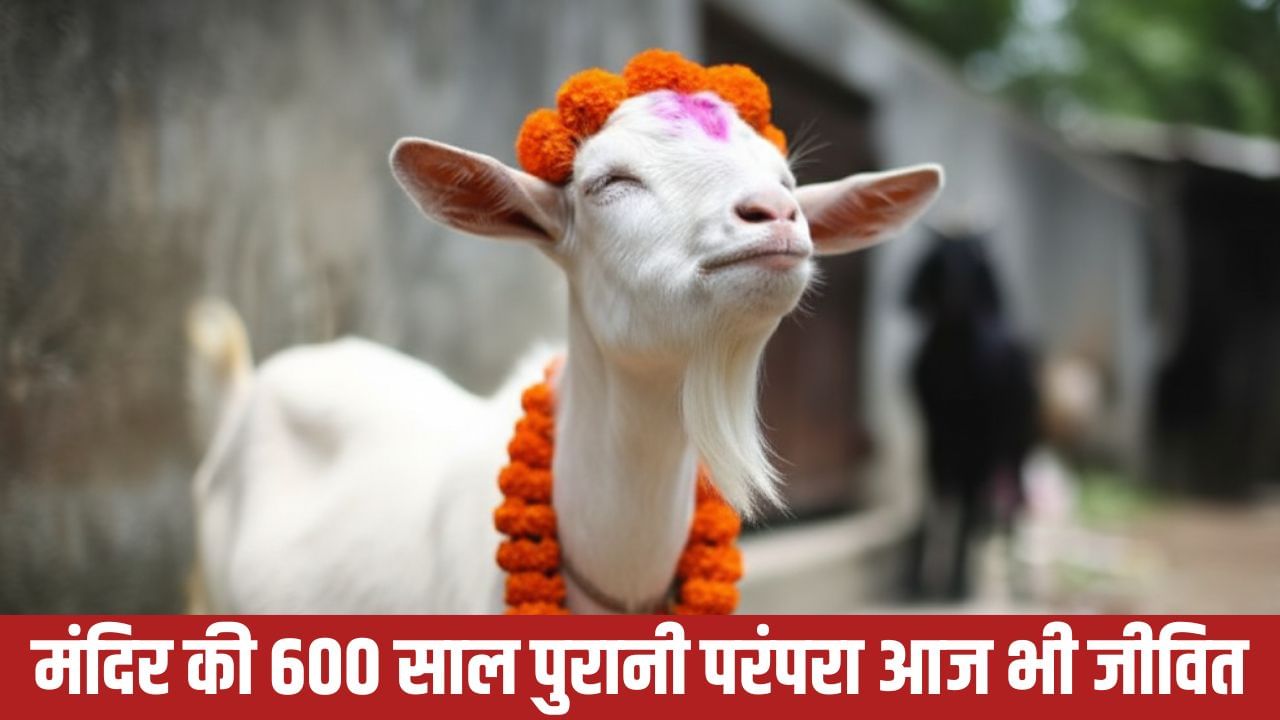Subscribe to Updates
Get the latest creative news from FooBar about art, design and business.
Browsing: cinema
Vivek Agnihotri’s ‘The Bengal Files’ is a compelling cinematic work that fearlessly confronts a largely ignored chapter of Indian history. The film…
The 2025 Annual Conference of the International Cricket Council, a significant event for global cricket, brought together all 108 member nations to…
Happy Phirr Bhag Jayegi, the sequel to Happy Bhag Jayegi, was released on August 24, 2018. The film, featuring Sonakshi Sinha in…
Aamir Khan, known for his groundbreaking choices in Bollywood, is again making waves. He’s decided to bypass the traditional OTT release for…
In a revealing throwback interview, Shah Rukh Khan discussed the unique nature of ‘Paheli’. He highlighted that the film was a risk…
While the cinematic landscape has seen a surge of Bhagat Singh biopics, Guddu Dhanoa’s rendition of the iconic freedom fighter’s story distinguishes…
Mumbai: Boman Irani has made his directorial debut with the family entertainer “the mehta boys”. The show Premied at Mumbai’s iconic Regal…


